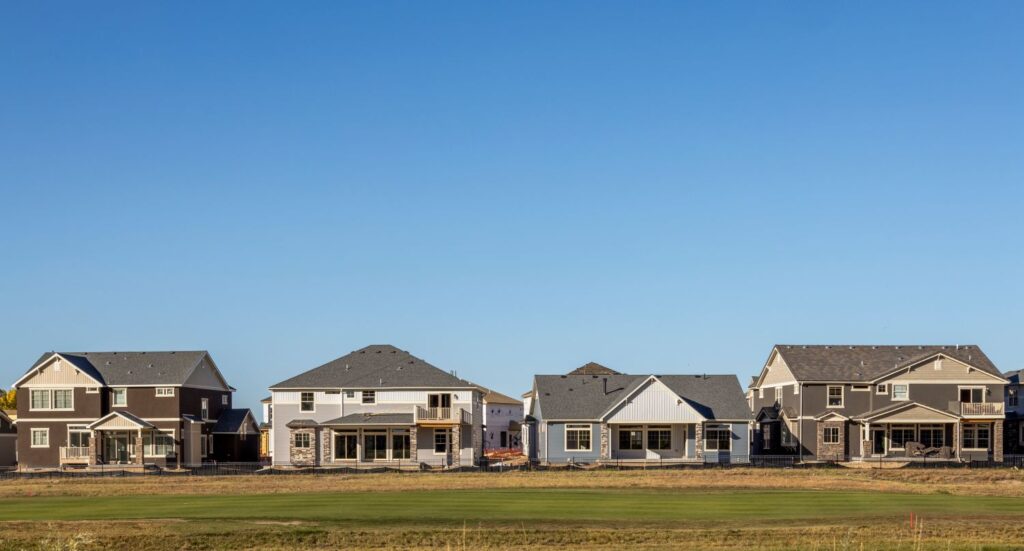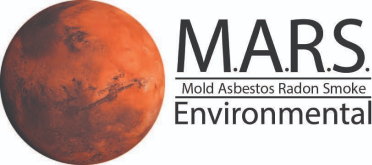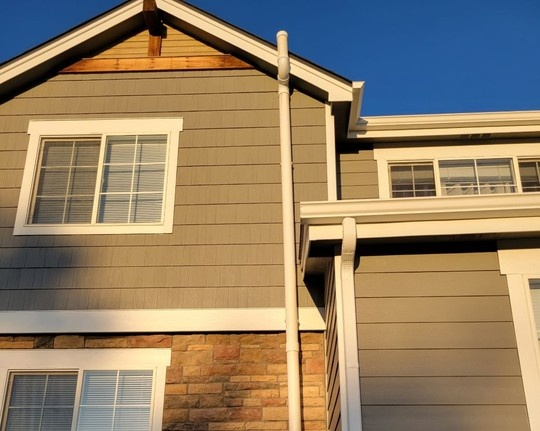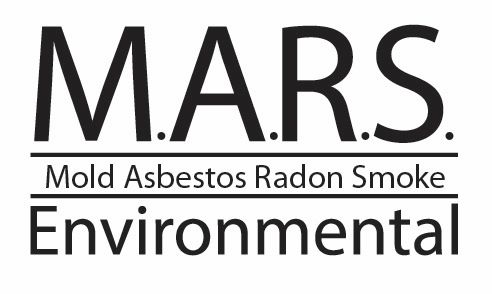Radon exposure is the second-leading cause of lung cancer in the U.S. and the #1 cause for non-smokers. In Colorado, it contributes to hundreds of lung cancer deaths every year.
In this article, Jeanine Humphrey, owner of M.A.R.S. Environmental in Broomfield, Colorado, shares what Colorado homeowners need to know about radon: its prevalence in Colorado, current laws, and what you can do to keep your family safe.
What Is Radon, and Why Is It Dangerous?
Radon is a colorless, tasteless, odorless radioactive gas that is released when uranium in soil and rocks breaks down. It’s found all over the world in the air, water, and soil. Outdoors, it disperses harmlessly. When it seeps into your home, however, it can accumulate to unsafe levels and significantly increase your risk of lung cancer.
Unlike carbon monoxide or mold, it doesn’t trigger immediate symptoms like headaches or coughing. Many people have no idea their house has dangerous levels of radon until they receive a lung cancer diagnosis after years of breathing it in.
Is Radon a Problem in Colorado?
Yes. While radon is present in all 50 states, certain states have higher levels, including Colorado.
- About 50% of Colorado homes have radon levels at or above the EPA’s 4 pCi/L action level.
- Nearly 25% of Americans may be exposed to unsafe radon levels, but Colorado’s geology makes it particularly susceptible.
Why is radon high in Colorado?
Colorado sits on granite, which contains high levels of Uranium. When Uranium decays, it produces radon, which seeps from the ground into Colorado homes, schools, and businesses.
Are certain areas of Colorado at higher risk?
The entire state of Colorado is considered high risk for Radon exposure. However, the following counties have particularly high radon potential:
- Denver
- Douglas
- Jefferson
- Boulder
- El Paso
- Larimer
- Gilpin
- Clear Creek
- Summit
- Park
- Teller
- Chaffee
- Lake
- Mesa
- Garfield
- Montrose
- Pueblo
- Fremont
- Huerfano

Who Should Test for Radon in Colorado?
Everyone. No matter where you live in Colorado, the age of your home, or whether it’s single family, manufactured, or multi-unit, you should test.
Do I need to test if I don’t have a basement?
Yes. Many people falsely assume they don’t need to test if they don’t have a basement. However, radon can seep through any type of foundation and accumulate in every level of the home. When radon seeps out of soil, any space that sits between the ground and atmosphere is at risk.
Radon seeps into buildings undetected. The only way to know is to test. M.A.R.S. uses state-of-the-art equipment for fast, accurate results.
Are There Any Laws in Colorado About Radon Testing and Mitigation?
Yes. Colorado has licensing and disclosure requirements for radon testing and mitigation.
Professional Licensing
Anyone claiming to be a “radon measurement professional” or “radon mitigation professional” must:
-
- Be licensed by Colorado’s Department of Regulatory Agencies (DORA) through their Radon Professional Program.
- Hold AARST/NRPP Certification for radon measurement and/or mitigation.
Real Estate & Rental Laws
-
- Home Sales: Sellers must provide any known information about radon in the home, including test results and mitigation efforts.
- Rentals: Landlords must disclose known radon information before tenants sign a lease.
- If a licensed professional reports levels ≥4.0 pCi/L, landlords have 180 days to make “reasonable effort to mitigate” or the tenant can void the lease.
- New Homes: Builders must follow radon-resistant construction codes.
What Do I Need to Know About Radon if I’m Buying a Home?
Should I Buy a House With a Radon Mitigation System?
If it’s installed correctly, yes. Have a certified radon mitigation professional inspect the system and perform testing to confirm it was installed properly and is reducing radon to safe levels.
What if the home doesn’t have a system yet?
Make radon testing part of your inspection process. If test results show high levels of radon, you can negotiate with the seller. While sellers aren’t legally required to pay for remediation, many will cover the cost to keep the deal moving. If they won’t pay, you’ll need to decide whether to pay for the work yourself or walk away from the deal.
What if I’m Building a Home?
Many builders provide the option of a pre-installed passive radon renewal system, also known as RNCC (Radon Resistant New Construction), which use a pressure barrier to remove radon and reroute it with PVC pipe through the walls and out a vent in the attic. While they sometimes keep radon levels below the EPA recommended levels, most of the time, a radon professional must activate them with a fan to get levels to the desired level.

How Does a Radon Mitigation System Work?
There are different types of radon mitigation, but most homes require an active system, at minimum.
- Active systems use piping and an exterior fan to create negative pressure, pulling radon from beneath the home and venting it safely above the roofline.
- If your home has a sump pump, the system can draw directly from the sump pit.
- Other methods, including passive systems, HRVs (heat recovery ventilators), and vapor barriers, can supplement active mitigation for greater effectiveness.
What if I Can’t Afford Remediation?
Colorado has a low-income radon mitigation assistance program. Many radon remediation professionals also provide financing options.


